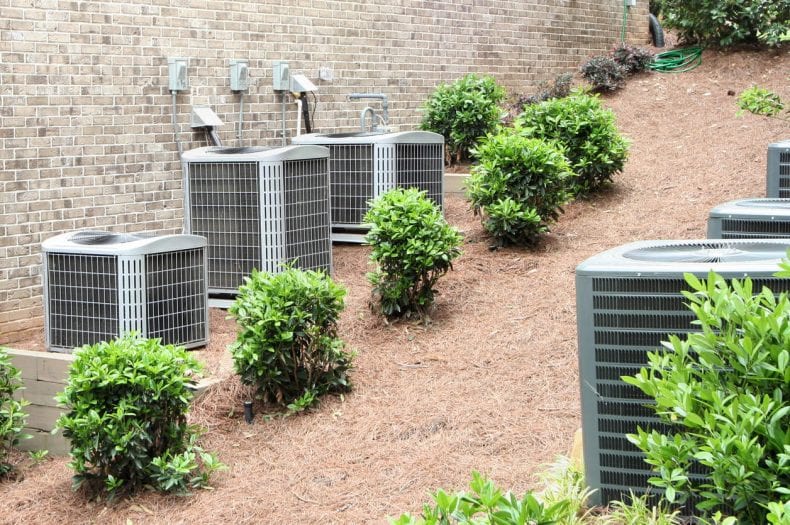For many people, the idea of green living can be intimidating. It might seem like it takes too much time or money, and it may be hard to know how to start. But scientific evidence and public opinion are both encouraging you to lead a greener life and ensure better quality of life for yourself and generations to come.
If you want to get started on a newer, greener you — consider these steps. They’ll help you get started in no time.

1. Donate or recycle old clothes
Instead of throwing out old clothes, consider donating them to local charities or sending them to a facility that converts them into other objects like quilts or bags. This keeps them out of the landfill and gives them a new purpose.

2. Recycle or repurpose old electronics
Many people upgrade phones and other electronics at least once a year, and the others are often thrown out. If your old electronics are still in working order, consider recycling them at your local electronics store, or donate them to a program that reuses them for people in need.

3. Use green cleaning products
Conventional household cleaners may contain chemicals that are harmful to human health and the environment. According to Healthy Cuisine, by switching to green, natural cleaning products, you’ll keep your home clean while protecting your health and preserving the beauty of the environment.
Green cleaning products are readily available at supermarkets, and you can even save a few pennies by making your own using vinegar, baking soda, and other kitchen items.

4. Use dish towels instead of paper towels
Paper towels may be convenient, but they contribute to the destruction of forests, and they also end up in the landfill. Dish towels are a much greener alternative, and they come in a range of colors and prints that you can match to your personal taste.
You could even change them with the seasons. Be sure to change dish towels every two or three days, and you can wash all dish towels together in one load.

5. Repair your HVAC system
It can be tempting to put off needed repairs to your air conditioner and HVAC systems in order to save money. However, air conditioner repairs can help save you on your energy bills in big ways and cut down on your household’s carbon footprint.
When you tune up your HVAC system before summer months turn truly hot and miserable, you’ll detect problems before they become serious, and they’ll be cheaper to fix. If you’re wondering if you need an HVAC system repair, you can click here to get more information from the pros! You’ll also learn about the energy efficiency of your system and discover whether upgrading to a newer one might be beneficial.

6. Start paperless billing
Many companies now offer the option of having your bills sent to you online instead of as a paper copy in the mail. By choosing to go paperless, you’ll cut down on household clutter, and you’ll be doing your part to save on deforestation.
To make paperless record keeping easy, consider starting a separate folder on an external hard drive or cloud storage to digitally save all of your invoices.

7. Turn off lights
Hectic lifestyles and late nights can mean that you sometimes forget to turn off lights in rooms that aren’t in use, and you might turn on extra lights at night to feel secure.
Consider which lights you really need to use, and turn off all others in different rooms. If you’re working late and get up to take a break, turn off or dim the light in your workspace until you get back. You’ll save on your utility bill and reduce your carbon footprint at the same time.

If you’re looking to switch to a greener lifestyle, try to start small by gradually incorporating these simple tips. Changes won’t happen overnight, but you’ll feel better knowing you’re contributing to a better tomorrow.









